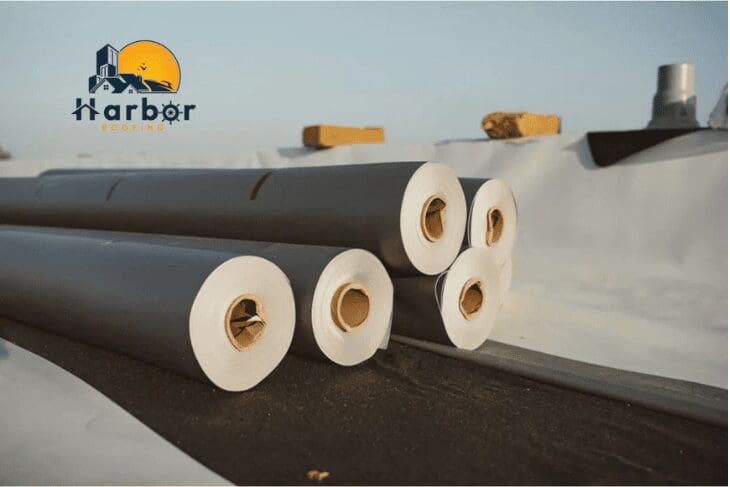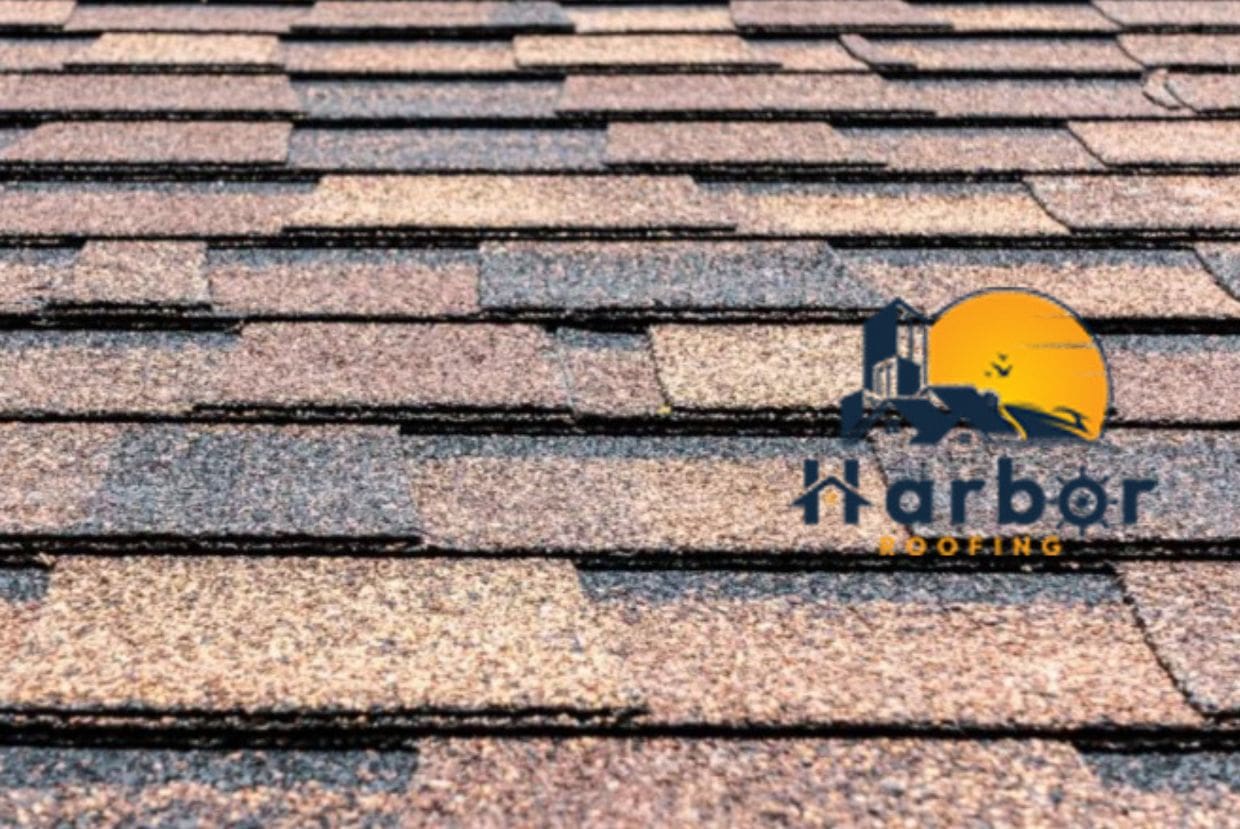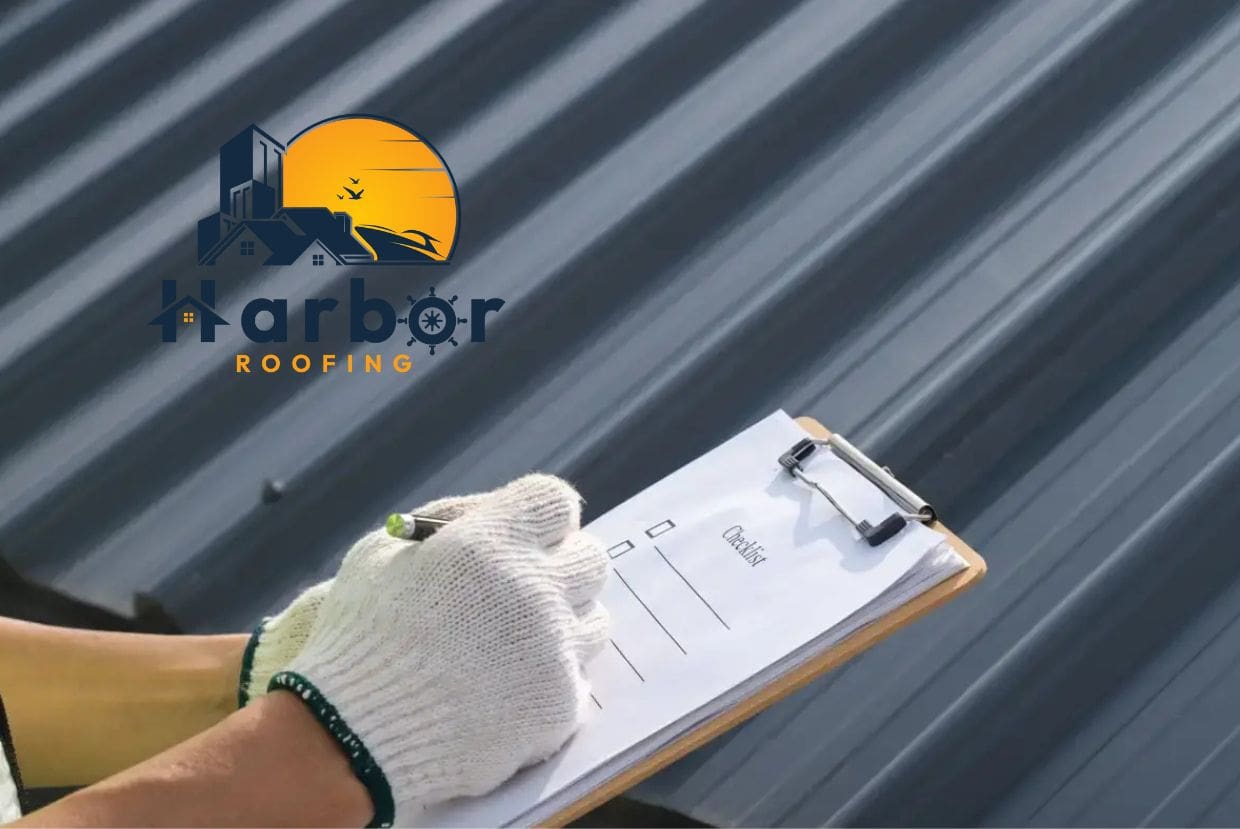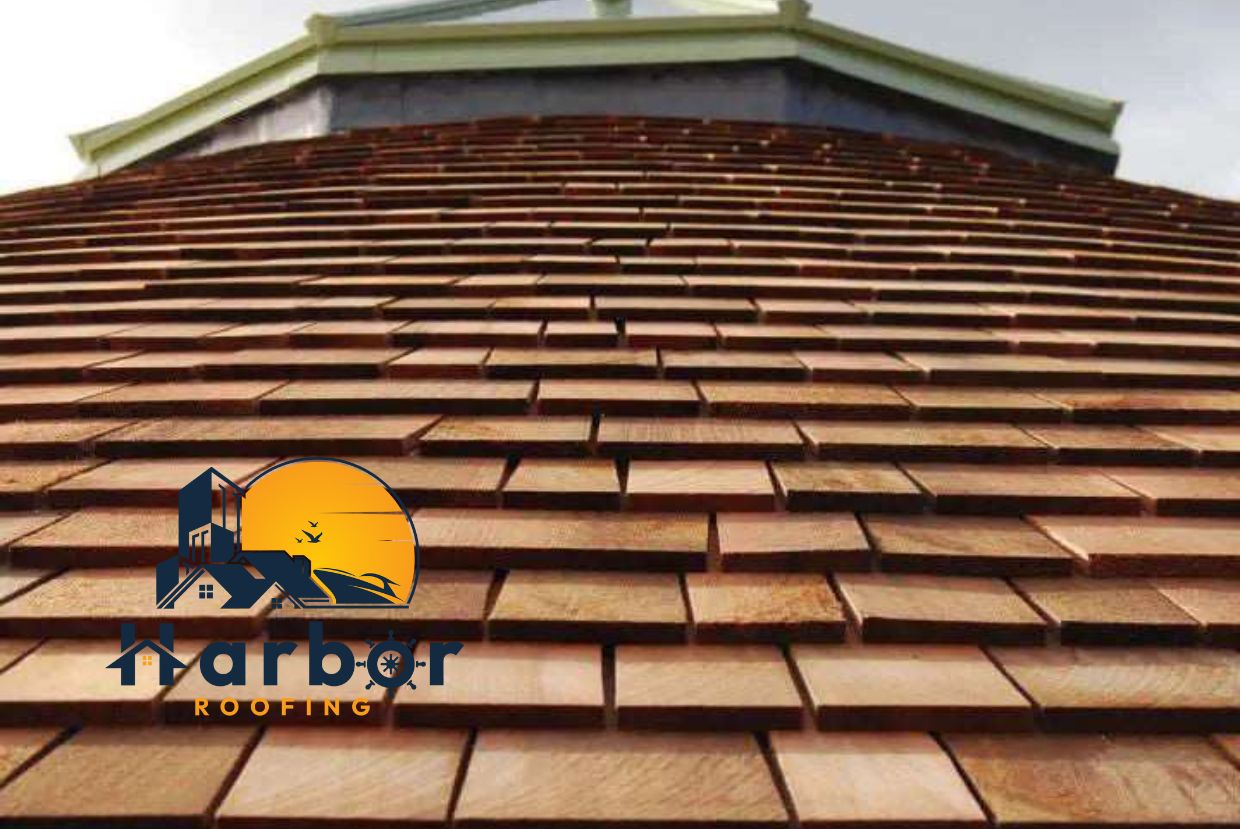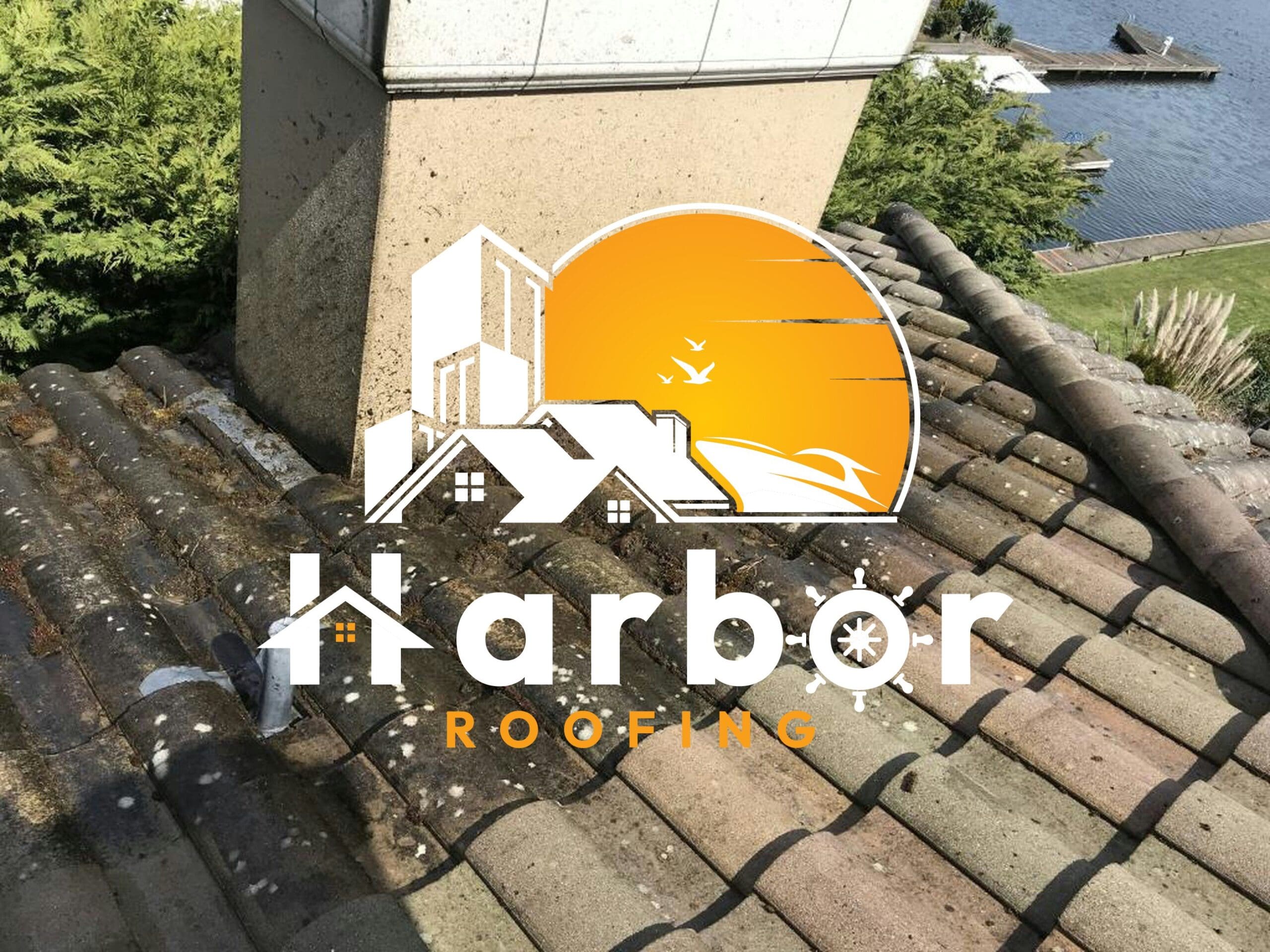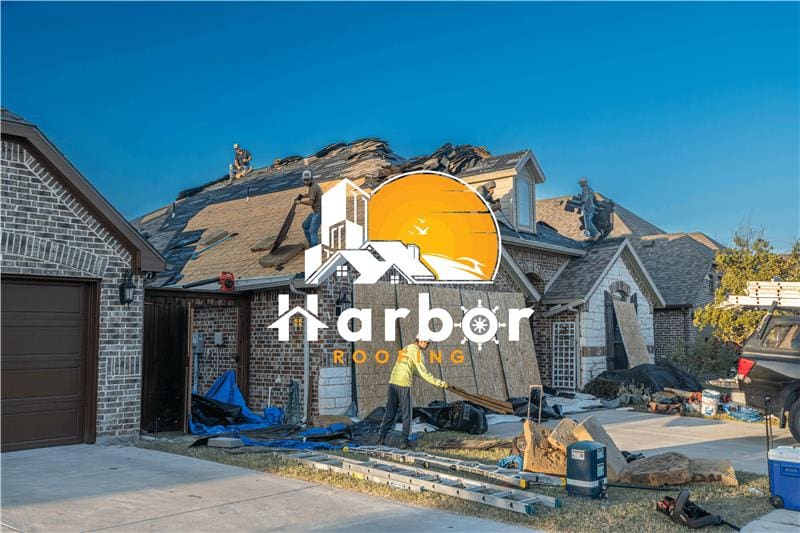Unending exposure to the blazing sun sure has its repercussions. Have you ever stopped to wonder what goes on with your roof from the moment the sun rises to when it sets? It’s a cycle of heating and cooling, which puts a lot of stress on your roof. The stress, known as thermal shock and roof expansion, is responsible for the deterioration of most roofs’ health.
The stress on your roof is worse in the summer, making it “prime roof damage season.” Thankfully, if you know what to watch for, you can catch problems early and keep your roof strong for years to come.
Want to learn how to catch such problems? Stick with us to the end as we unravel the process of thermal shock and roof expansion and how to avoid resulting problems.
What Is Thermal Shock?
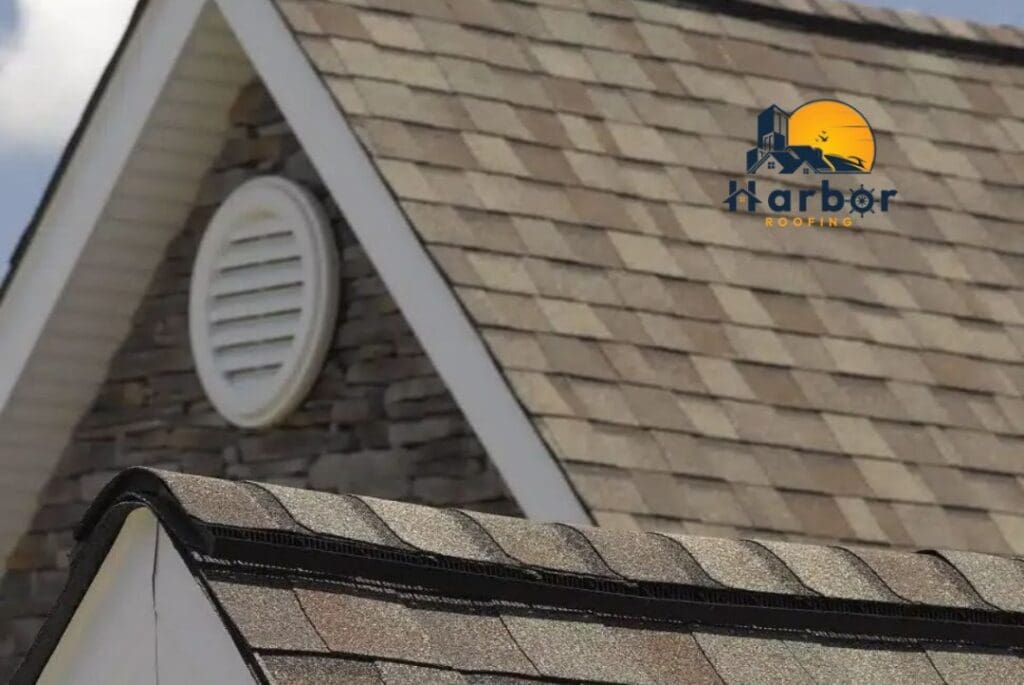
Thermal shock occurs when an object goes through a rapid temperature change, causing it to contract or expand too quickly. For example, pouring ice-cold water into a hot glass cup will result in a crack due to the sudden temperature change.
The stress the glass cup undergoes is the exact kind your roof deals with during summer. During the day, the solar heat can cause roofs to be extremely hot. When nighttime comes, the temperature drops, and the roof cools down drastically. The continuous cycle of heating and cooling stresses the roofing material.
If you’re wondering why it’s worse in summer, here’s why: The summer heat is extreme. In the middle of the day, your roof surface can reach temperatures exceeding 150°F, especially the darker ones. Depending on your location, it may drop to 70°F or lower at night.
That kind of temperature change within a short time makes materials expand and contract repeatedly, which can eventually cause visible damage.
How Roof Expansion Works
Let’s break it down in everyday terms. Heat makes things move. When the sun beats down on your roof, the tiny particles (molecules) inside the roofing material start to vibrate and spread out. This movement causes the material to grow physically. Although it’s not something you can see happening in real time, the effect is very real.
Then, at nighttime when the air is cool, the roof loses heat and causes the molecules to pull closer together. The material shrinks back to its original size. Over time, the material’s structure weakens due to a constant cycle of expansion and contraction.
Here’s where it gets interesting: not all roofing materials respond the same way to heat. Below is how some materials respond:
- Asphalt shingles: Asphalt shingles are flexible and can handle some movement, but too much expansion and contraction can make them curl at the edges or develop surface cracks.
- Metal roofing: Metals like steel or aluminum expand and contract more noticeably than other materials. This movement is normal; however, if you don’t install the panels with the proper fasteners or allowances, it can lead to gaps or buckling.
- Concrete or clay tiles: These are rigid and don’t flex much. Rather than bend, they are more likely to crack when expansion stresses them.
- Membrane roofs: They are common on flat roofs and can soften in extreme heat and then tighten when they cool. This movement can lead to blistering, especially if moisture gets trapped beneath the surface.
Every material has what’s called a coefficient of thermal expansion. Thermal expansion refers to the degree to which a material expands when heated. The higher the number, the more it moves. In roofing, understanding these differences is essential because the material’s expansion also affects the seams, joints, fasteners, and everything connected to it.
Signs of Roof Expansion Stress
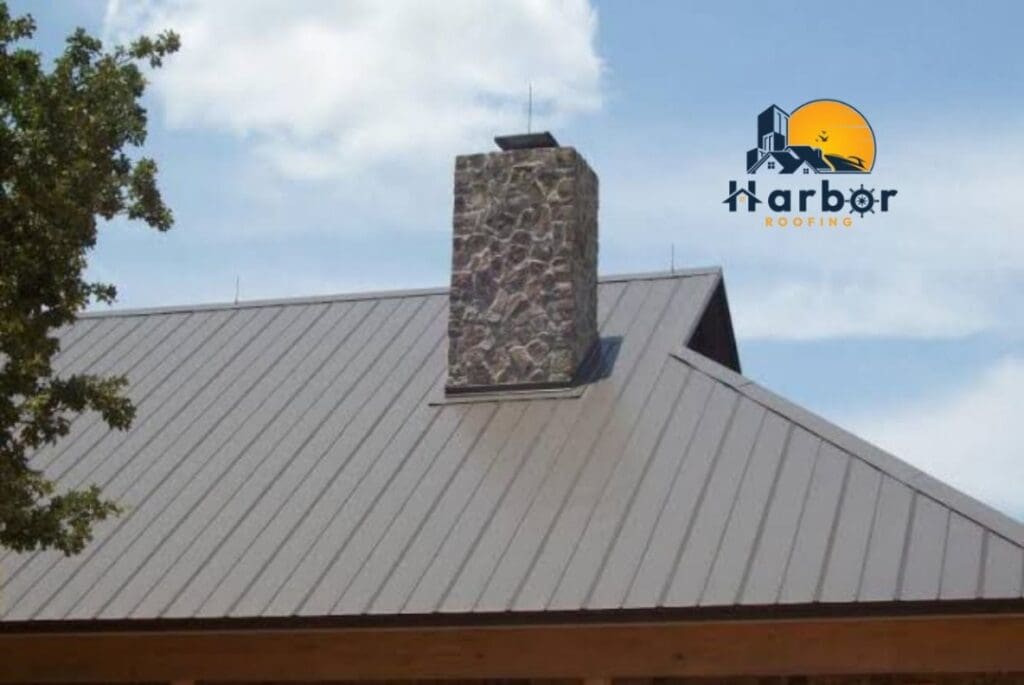
Not all expansion damage is evident right away, but here are a few things you might notice:
- Cracks in shingles, tiles, or membrane layers
- Warping or buckling of the roof surface
- Loose flashing or popped nails that used to sit flush
- Blistering on flat roofs where air or moisture gets trapped under the surface
What to Watch For in Summer
Visual Signs
- Fading color or uneven patches where the sun hits most intensely
- Small cracks or splits in shingles or tiles
- Rust spots on metal roofing panels or flashing
Performance Changes
- Leaks after summer rainstorms that weren’t there before
- Sagging or pooling water in low areas of the roof
- Warmer indoor temperatures, even when the air conditioner is on, may indicate that heat is seeping through due to roof surface damage
Warning Signs That Need Immediate Attention
- Gaps in seams or flashing around chimneys and vents
- Accumulation of shingle granules in your gutters
- Unusual popping or creaking sounds from the roof are often heard during hot days and cool nights
How to Prevent Damage from Thermal Shock and Roof Expansion
1. Perform Regular Inspections
One of the best defenses is simply knowing what’s going on up there. Have a roofing expert inspect your roof twice a year; typically once before and after summer. During an inspection, look out for the following:
- Loose or missing shingles or tiles
- Early signs of cracking or blistering
- Weak spots where water might enter
2. Observe a Good Maintenance Culture
- Keep gutters clean so rainwater can flow freely.
- Trim overhanging branches that can shade certain areas unevenly, causing inconsistent heating.
- Fix minor issues early before they escalate. You know what they say about a stitch in time? It saves nine.
- Apply reflective roof coatings to bounce heat away and slow down expansion.
3. Use Roofing Material Designed for Hot Climates
If you’re replacing your roof or building a new one, choose materials designed for heat resistance, such as:
- Cool roof shingles in lighter colors
- Reflective membranes for flat roofs
- Proper ventilation in the attic to keep roof temperatures more stable
When to Call a Professional
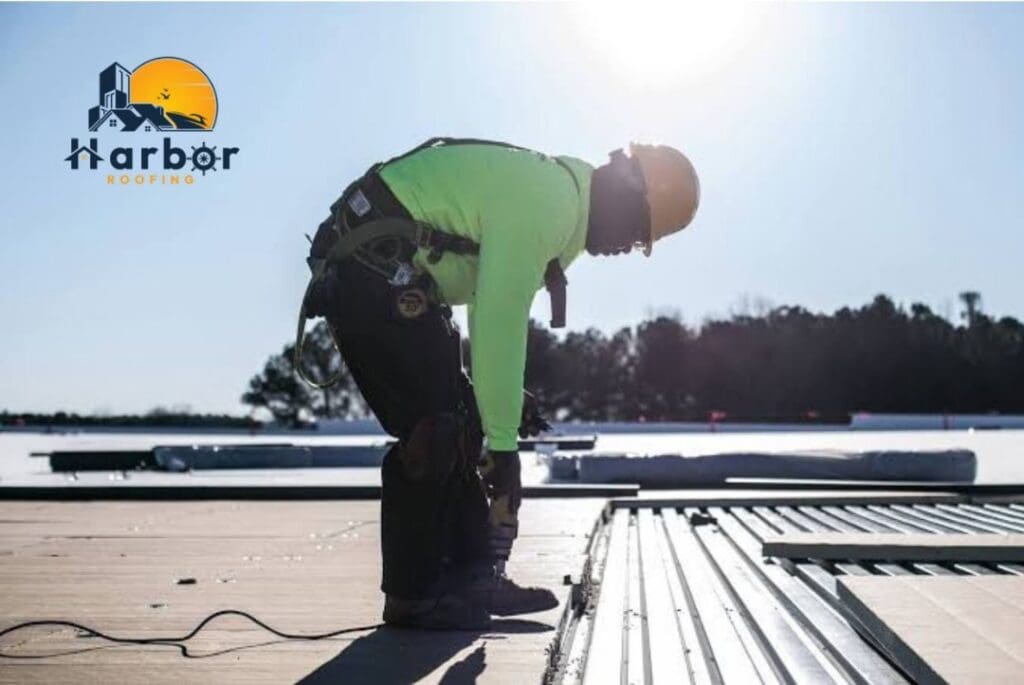
Some homeowners can handle their roofing issues using a DIY approach. However, thermal shock and roof expansion damage usually need expertise, requiring the input of a professional roofing contractor. Call in the experts if you notice:
- Large cracks, multiple leaks, or sagging
- Rust or corrosion on fasteners or flashing
- Signs of interior damage, like moldy smells or ceiling stains
Professional roofers can also use thermal imaging scans to spot temperature irregularities that aren’t visible to the naked eye. This helps detect inconspicuous problem areas before they turn into major repairs.
Here’s one thing to note: catching problems early almost always costs less than waiting until you need major repairs or a complete replacement.
Conclusion
Your roof works harder in summer than you might think. Every day, it expands in the heat and contracts in the cool night air, and every cycle puts stress on its materials. Over time, this constant strain can lead to cracks, leaks, and costly repairs if you leave things unchecked.
Thankfully, things don’t have to get to that point. A simple inspection, a minor repair, or even a reflective coating applied at the right time can make all the difference between a roof that fails early and one that protects your home for decades.
Don’t wait for the next heat wave or surprise rainstorm to show you what’s already building up above. Call a roofing professional, schedule that inspection, and give your roof the care it deserves.
Frequently Asked Questions
Can thermal shock and roof expansion happen in winter, too?
Yes. However, the damage in winter is usually from freezing and thawing. Summer’s intense heat and direct sunlight make expansion more aggressive and frequent.
Is metal roofing more susceptible to expansion?
Metal expands and contracts more than some other materials, but when you install it properly with floating clips or expansion joints, you can prevent the damage.
How long does it take for thermal shock damage to show?
The duration varies and depends on different factors. Some signs, like small cracks, can appear within weeks of extreme heat. Other signs, like leaks, may take years to develop.
Can I detect thermal shock damage from the ground?
You can sometimes spot some signs from the ground—signs like fading, cracks, and missing shingles. However, you need to get on the roof for a closer inspection to detect many signs. If you decide to get on your roof to inspect it yourself, make sure you prioritize your safety. If you’re not confident, consider hiring a professional to do the job.

